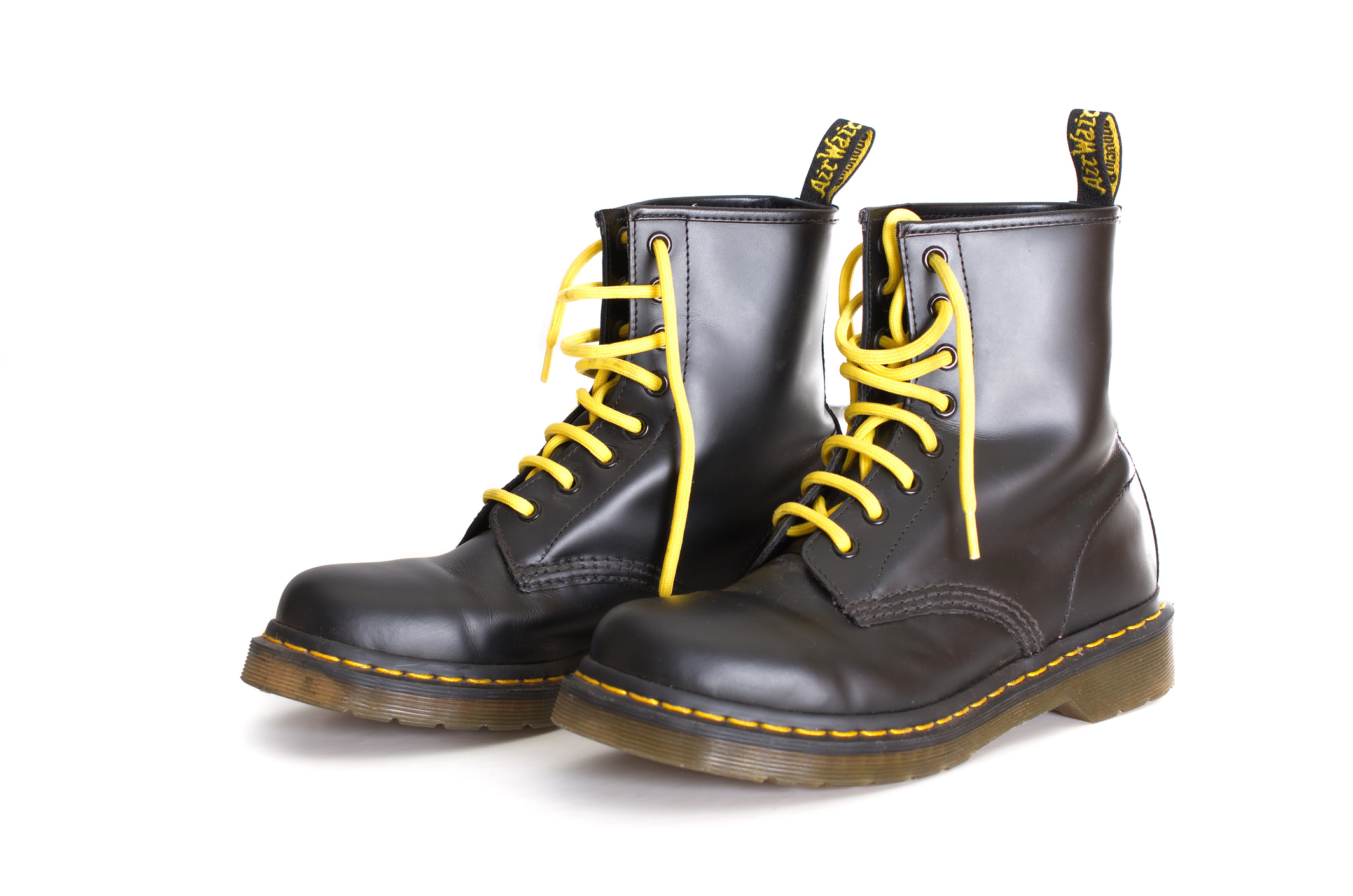Dr Martens before the Brussels Court of Appeal
Design features like stitching, patterns and labels are increasingly doing the work of logos in fashion branding. But can they be protected as trade marks? The Brussels Court of Appeal recently considered this question in a dispute over Dr Martens boots, offering valuable guidance for brands looking to safeguard their product identity.
Airwair, owner of Dr Martens, brought infringement proceedings based on several Benelux trade marks covering elements of its iconic 1460 boot. These included the original yellow stitching around the sole, the distinctive sole pattern, and a figurative mark for the “resistance rectangle” on the outsole. The defendant, Retail Distribution Concepts, challenged the validity of these marks and denied any infringement.

Dissecting the decision
The Court of Appeal approached the question of validity feature-by-feature. It confirmed that the sole pattern could function as a trade mark, recognising that decades of consistent marketing had taught consumers to associate the footprint with Dr Martens.
The stitching presented a harder question. Functionality and common use of contrasting stitches in footwear meant the mark lacked inherent distinctiveness. However, the court concluded that Dr Martens had proved acquired distinctiveness through extensive use. Infringement was found for some lookalike boots, particularly those using similar stitching or sole designs, but crucially, not all. Where the overall impression differed, the court drew the (yellow) line.
The ruling comes amid growing scrutiny of non-traditional trade marks. In the UK, Adidas recently lost its appeal over several three-stripe position marks in a long-running dispute with fashion designer Thom Browne. The Court of Appeal found that the marks lacked the clarity and precision required for identification under UK trade mark law. The contrast between the cases is instructive – Dr Martens succeeded by defining its marks narrowly and supporting them with strong evidence of consumer recognition. Adidas fell short where its descriptions allowed for too much variation.
Key takeaways for brands
- Design features can be trade marks: Elements like stitching, textures, shapes, and layout can function as indicators of origin if consumers recognise them as such.
- Precision matters: Position marks must be clearly defined both visually and descriptively. Ambiguity can undermine protection.
- Evidence is essential: Acquired distinctiveness must be proven through consistent use, marketing, and consumer perception.
- Not all lookalikes infringe: Courts assess the overall impression. Minor differences can be enough to avoid confusion.
Looking ahead
Non‑traditional brand cues rarely start life as trade marks. What begins as a design choice, through consistent use and consumer recognition, can evolve into a prominent indicator of origin. This case suggests a more dynamic attitude towards IP should be adopted – brands should audit what they have and revisit products and designs as they evolve. A feature that was unregistrable at its inception may become a valuable trade mark later down the line.

/Passle/611cdc4cfac91e0bc434389f/SearchServiceImages/2025-12-15-10-12-44-692-693fdf1c6b04b88e2d885e53.jpg)
/Passle/611cdc4cfac91e0bc434389f/SearchServiceImages/2025-12-12-11-23-59-154-693bfb4f2b19bceb0b2065bb.jpg)
/Passle/611cdc4cfac91e0bc434389f/SearchServiceImages/2025-12-11-15-49-55-715-693ae82383358cbce803b908.jpg)